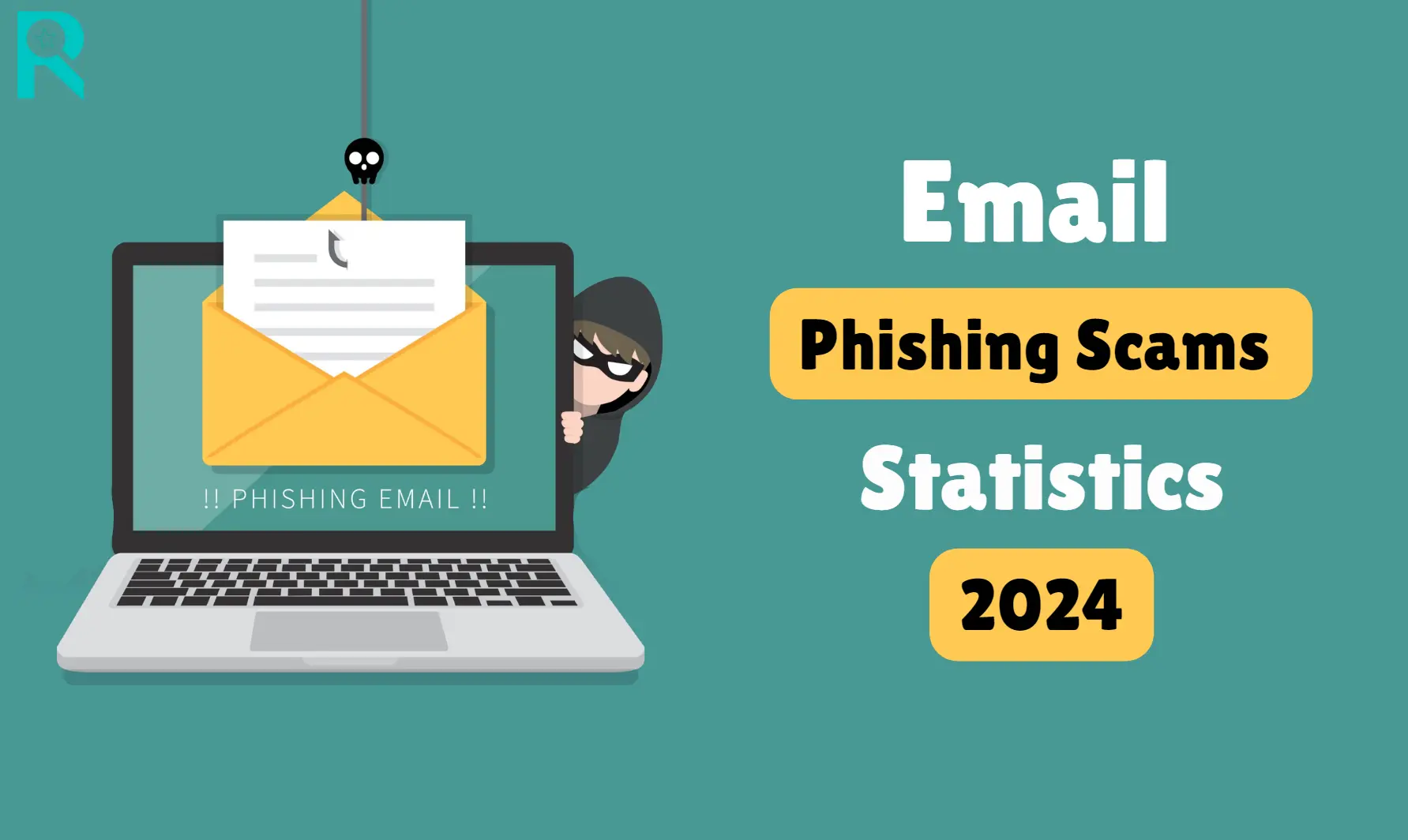Nowadays, email phishing scams have appeared as a major threat to cybersecurity. These scams have increased in number, grown more refined, and targeted everyone from individuals to large organizations and governments.
As we enter 2024, it’s important to get the current state of email phishing. The tactics cybercriminals use, and the steps we can take to protect ourselves.
This article submits a complete look at email phishing scams 2024 backed by relevant statistics, trends, and expert opinions.
What is Email Phishing?
Email phishing is a cyber-attack where scammers send fake emails that look like they’re from trusted sources, such as banks or popular online services. The main purpose is to mislead people into giving away sensitive information, such as passwords or credit card numbers.
These emails contain links to fake websites that look like real ones. They include attachments that can install harmful software on the victim’s device.
Also, Phishing attacks can vary from broad, generic emails sent to many people to more targeted attacks focused on specific individuals or organizations.
The targeted attacks are called spear-phishing and involve detailed research to make the email appear more effective and personal. Phishing can have serious consequences. It includes financial loss, identity theft, and security breaches for individuals and businesses.
Phishing Scams Evolution
Phishing has been a cybersecurity threat since the mid-1990s but its tactics have advanced over the years. Initially, phishing attempts were relatively easy to spot due to poor grammar and obvious fake links.
Today, phishing emails are much more cultivated and can closely mimic legitimate communications. The rise of spear-phishing, where attackers customize their messages to target specific individuals. It has made these scams increasingly dangerous and harder to detect.
What Are The Email Phishing Statistics in 2024?
In 2024, email phishing continues to be a major issue for cybersecurity experts. Here’s a detailed look at the latest statistics on phishing attacks.
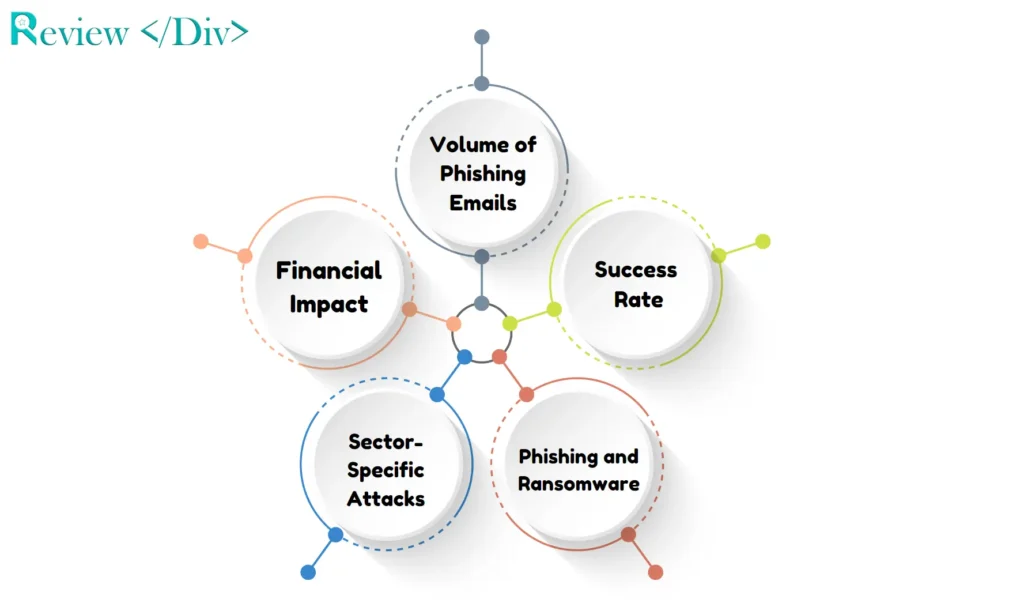
1. Volume of Phishing Emails
The Anti-Phishing Working Group (APWG) reports that phishing emails have increased. Today, around 3.4 billion phishing emails are sent out each day.
2. Financial Impact
The FBI’s Internet Crime Complaint Center (IC3) found that phishing scams caused $5.6 billion in financial losses in 2023. This figure represents a 30% increase from the year before. For 2024, estimates suggest that losses could surpass $7 billion.
3. Success Rate
Even with more awareness about phishing the success rate remains high. According to the Ponemon Institute, about 23% of people still click on phishing links, and nearly 11% end up sharing sensitive information.
4. Sector-Specific Attacks
Specific industries are hit harder by phishing attacks. Financial services, healthcare, and government sectors are their top targets which make up over 60% of all phishing attempts.
In 2024, there has been a 25% rise in attacks on the healthcare sector, largely due to the lucrative nature of medical data.
5. Phishing and Ransomware
Phishing is still the primary method used to deliver ransomware. This year, 70% of ransomware attacks started with a phishing email which caused significant disruptions and financial damage.
What Are Techniques and Trends in Phishing Attacks (2024)?
Phishing scams have grown more significantly and varied. Here is an overview of some of the Techniques & trends in 2024.
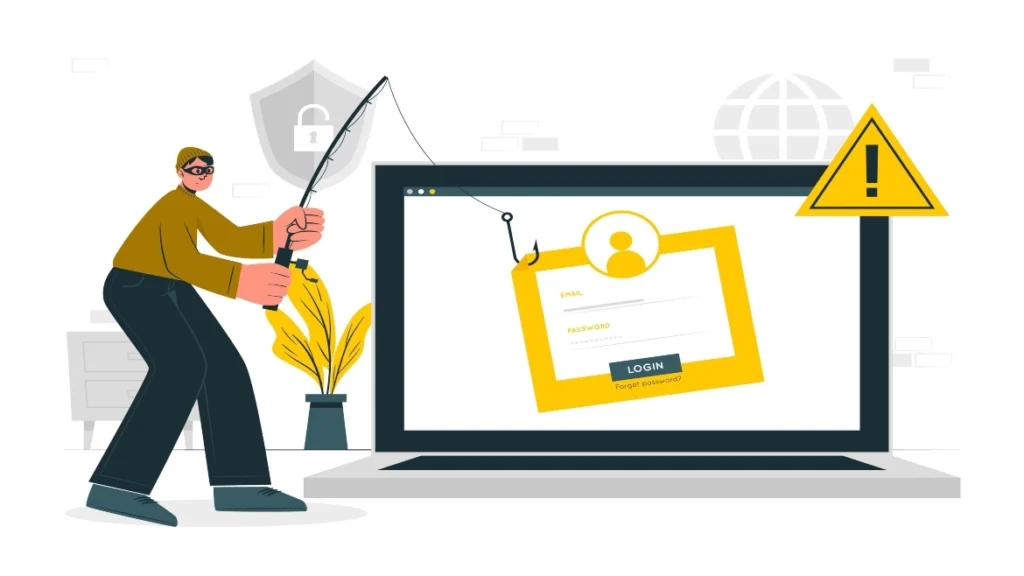
Business Email Compromise (BEC): BEC scams involve attackers pretending to be company executives or trusted partners to trick employees into transferring money or sharing confidential information.
According to the FBI, BEC scams are directed to $2.3 billion in losses in 2023, and the damage is expected to increase in 2024 as scammers refine their tactics.
Phishing Kits: These are toolkits, which make it easy for even inexperienced scammers to carry out phishing attacks. It is available on the dark web, phishing kits include templates that imitate brands and services. In 2024, the use of these kits has grown which allows scammers to launch attacks more widely.
AI and Machine Learning: Cybercriminals are using artificial intelligence and machine learning to craft more convincing phishing emails.
These technologies help create personalized messages that are hard to distinguish from legitimate ones. The use of AI in phishing attacks has risen by 40% in 2024, as reported by cybersecurity firm Symantec.
Smishing and Vishing: Phishing attacks aren’t happening through email. Smishing (phishing via SMS) and vishing (phishing through voice calls) are becoming more common.
With the rise of mobile banking and communication apps, smishing attacks have increased by 35% in 2024, while vishing attacks have gone up by 20%.
What Is Geographic Distribution of Phishing Attacks?
Phishing attacks affect different regions around the world to varying degrees. In 2024, the United States stands out as the most targeted country, responsible for all phishing incidents.
This high rate is due to the large volume of online transactions and digital communication, which attracts cybercriminals looking for opportunities. European countries like the UK, Germany, and France are also major targets, though the European Union’s strong data protection laws have helped lessen some of the impact.
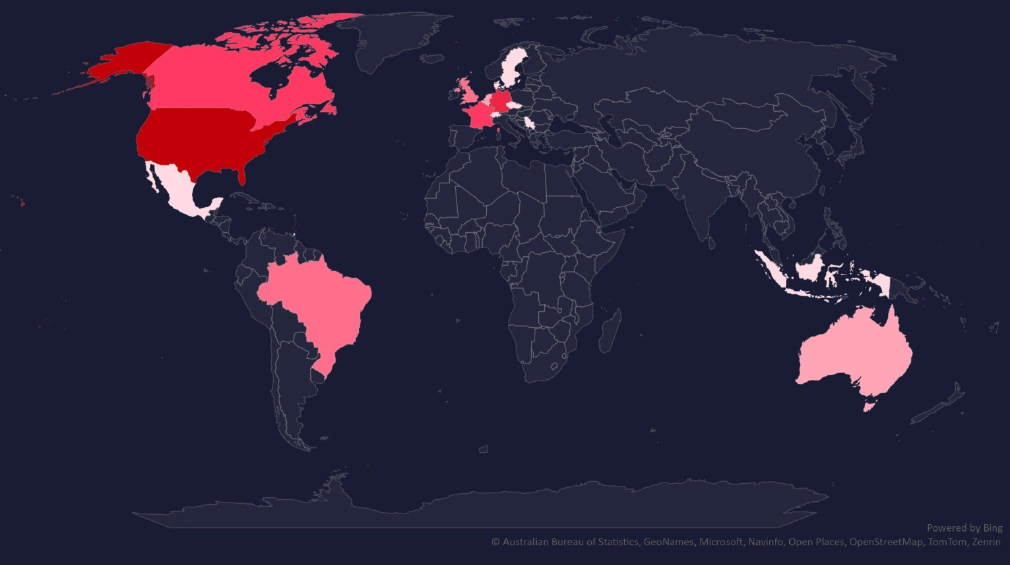
Through these regulations, the number of phishing attacks continues to grow in these regions.
The Asia-Pacific area has seen a 25% increase in phishing attacks this year, with countries such as Australia, India, and Japan particularly vulnerable. The rapid expansion of their digital economies makes them attractive targets for attackers.
Meanwhile, Africa and the Middle East are also experiencing a rise in phishing attacks, caused by increasing internet use. Nations like Nigeria, South Africa, and the UAE are among the most affected as their internet infrastructure expands.
What Are Unusual Phishing Incidents in 2024?
Many phishing incidents are happening in 2024, Here are some popular phishing attacks that are more harmful.
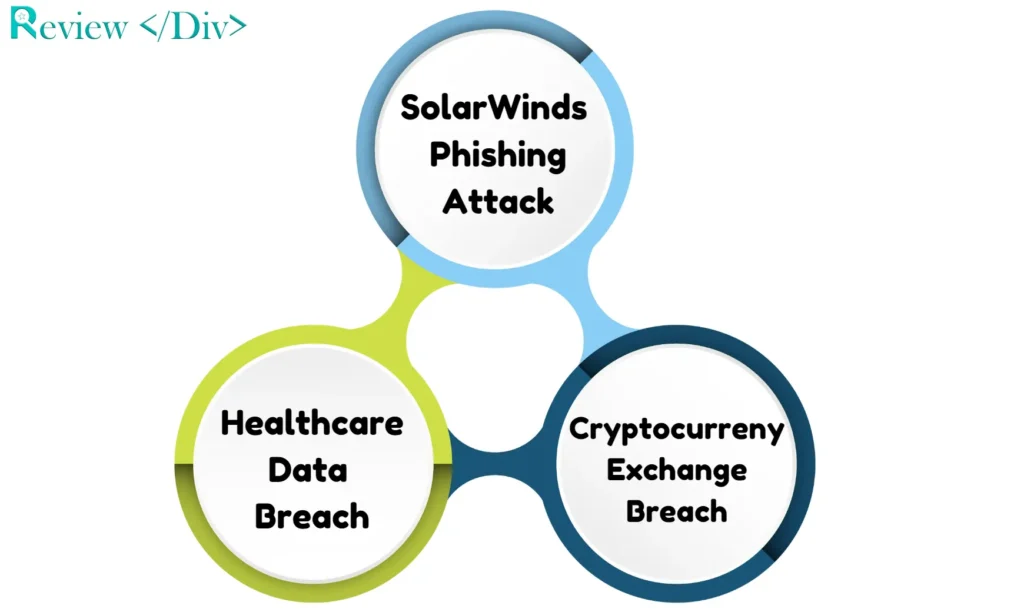
1. SolarWinds Phishing Attack
In early 2024, SolarWinds a leading IT management firm, was hit by a phishing attack. The attackers conducted a highly targeted spear-phishing campaign, pretending to be trusted vendors and business partners.
This deceitful tactic was directed to a major data breach that compromised sensitive client information. Given SolarWinds’ significant government contracts, the breach had serious implications for national security.
2. Healthcare Data Breach
In the United States, a major healthcare provider was targeted by a phishing attack that exposed over 1 million patient records. The attackers sent phishing emails that appeared to come from a reliable medical equipment supplier.
3. Cryptocurrency Exchange Breach
A well-known cryptocurrency exchange fell victim to a phishing scam that resulted in the theft of $50 million in digital assets. The attackers used phishing emails that closely resembled official communications from the exchange.
They tricked employees into disclosing their login details. This incident highlighted the urgent need for improved security measures in the cryptocurrency industry.
What Are The Best Practices And Strategies To Avoid Phishing Scams?
To tackle the growing threat of phishing individuals and organizations need to implement strong security practices. Here are some useful strategies to reduce the risk of falling victim to phishing.
Multi-Factor Authentication (MFA): Adding MFA to your security setup provides an extra layer of protection. Even if an attacker gets hold of your login details, MFA makes it much harder for them to access your accounts by requiring additional verification steps.
Email Filtering and Anti-Phishing Tools: Implement advanced email filtering systems to catch and block phishing emails before they reach users’ inboxes. Anti-phishing tools can analyze email content and links for potential threats and provide an added defense against negative messages.
Incident Response Planning: A well-developed incident response plan is essential. This plan should outline steps to quickly address and manage phishing incidents, including isolating affected systems informing those impacted, and carrying out detailed investigations.
Zero Trust Architecture: Adopting a zero-trust security model helps reduce phishing risks by treating all users and devices as potential threats. This approach involves continuous verification of all access attempts and implementing strict controls to safeguard your systems.
FAQ’s
18.3% of phishing simulation emails were correctly reported by users.
96% of phishing attacks globally come via email.
Over 500 million phishing attacks were reported in the last two years, making it a widespread issue.
Yes, phishing attacks are becoming more severe, partly due to advancements in AI.
About 30% of adults worldwide encounter phishing scams.
Approximately 3.4 billion phishing emails are sent daily.
Yes, Over 90% of cyberattacks start with phishing.
Yes, between 75% and 91% of targeted cyberattacks begin with an email.
Common phishing emails include fake invoices, account upgrade requests, and advance-fee scams.
Social media is the most targeted, with 37.6% of phishing attacks.
Check emails for suspicious signs, avoid sharing personal info, block spam, use email security protocols, and consider browser isolation services.




